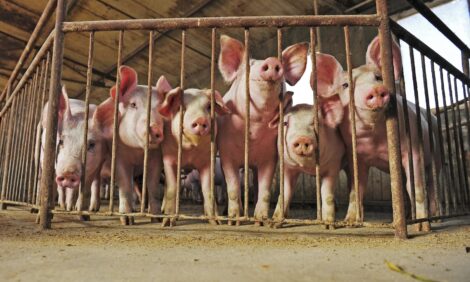



Falling grain prices to ease food prices in developing world first - US official
Food inflation in the US will take longer to easeSeth Meyer, chief economist at the US Department of Agriculture, said on Tuesday weaker commodity prices will take longer to ease food inflation in the United States than in the developing world, reported Reuters.
Some of the world's poorest nations were hardest hit by a spike in corn and wheat prices after Russia's invasion of major grains producer Ukraine in late February, due to their reliance on imports and the large percentage of income consumers spend on food.
Meyer said developing countries in North Africa and elsewhere could be the first to see some relief in prices at grocery stores, as commodity crops have fallen to pre-war levels and the North American crops develop.
"It is a more immediate effect. Lower commodity prices reduce the import bill of certain importing countries and can moderate some of what we've seen in relation to food price inflation," Meyer said at an agriculture conference in Sao Paulo.
World food prices fell for a third consecutive month in June, but remained close to record high levels set in March, the United Nations' food agency said earlier this month.
Meyer said in the United States there would be a bigger lag because food goes through more processing and complex supply chains. US consumer prices accelerated in June as gasoline and food costs remained elevated, resulting in the largest annual increase in inflation in 40.5 years.
"Wheat, corn or rice make up a pretty small share of the food dollars that consumers spend," Meyer said. "The more processed a product you have, the longer the lag in the transmission into food price inflation and the more sticky those output prices are for more processed commodities."








